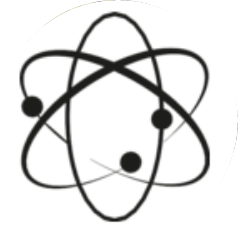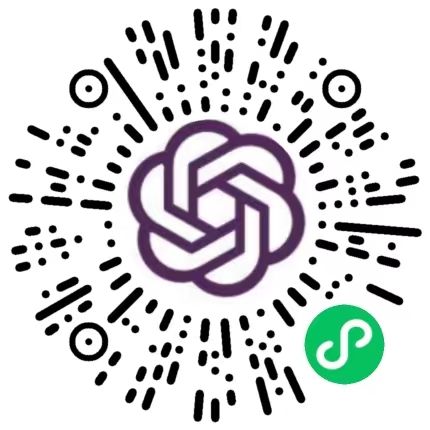The Silk RoadCenturies prior to the Internet, much earlier than the steam engine, and well before the arrival of the airplane, there still existed a way to connect the world. The Silk Road, the trading path between East and West was the artery which contributed to cultural and monetary exchange between civilizations. Deriving its name from the then rare and highly in-demand commodity, silk, the Silk Road was established roughly 2200 years ago, and comprised of both land and marine routes, spanning more than 4000 miles, across the known world at the time (Vadime, 2001). From ancient China towards the West, the Silk Road snaked through the high valleys of the Tibetan plateau and over the roof of the world – the Himalayan mountain ranges. Passing through the expansive plains of the Indian subcontinent, it ran across the deserts of Arabia to reach the Mediterranean Sea, and onwards to Europe via the sea. Simultaneously, along the coastline of Asia, the Silk Route knitted together the entire region in a triangular web of numerous marine routes – extending from Java in the far East to the coast of Africa in the Southwest (Wilson, 2007). In essence, the Silk Road efficiently and effectively connected the entire known world. Primarily a carrier of silk from China to the world, and of rare goods from the world to China, the Silk Road, with time, emerged to become the most significant and only conduit of all goods the world could have exchanged – and even the evils. It ushered in an unprecedented era of progress and prosperity for human civilization. It brought relative food security to regions short of rations. It enabled the exchange of human values: religion, art, and culture. It introduced the world to Marco Polo and his stories. And above all, it helped the spread of knowledge to humankind as it brought the pen, the paper and even the printer to the world. Likewise, the Silk Road also facilitated the distribution of the wickedness of its era. When Genghis Khan, a tribal wanderer, arose from the anonymity of Mongolia, he took the Silk Road southwards to deliver his wrath to the world. The “Black Death” or bubonic plague raged around the world to the deepest regions of Russia through the Silk Road. Yet, the human quest for the righteousness of the world based on the cherished principle of mutual co-existence far outweighed and outpaced the evils of those times. The Silk Road, connected civilization to civilizations, human to humans, trader to traders, artist to artists, soldier to soldiers, and kings to the kings. Thus, it became the colloquial “melting pot,” and a launch-pad for today’s internationalism and glottalization. It aided civilizations in learning from other civilizations. It promoted human values, culture, art, economy, diplomacy, technology and peace, to help shape the modern, prosperous, free and open world. Not surprisingly, while the original and functional utility of Silk Road has diminished over time, thanks to the modern and efficient means of worldwide exchange like the airplane and the Internet, the timeless esteem the world holds for this historic road remains ceaseless.Topic Outline:Ⅰ.Introduction of The Silk RoadⅡ.The expansion of The Silk RoadⅢ.Efficiently and effectively connected the entire known world.Ⅳ.Facilitating the distribution of the wickedness of its eraⅤ.The colloquial “melting pot,” and a launch-pad for today’s internationalism and glottalizationⅥ.()The above outline is not complete, but which of the following could fit the missing part?()
A.The airplane B.Modern value of this historic road C.The Internet D.The timeless esteem正确答案B


